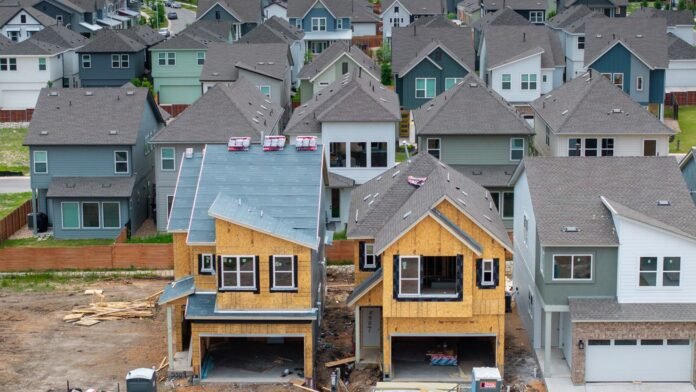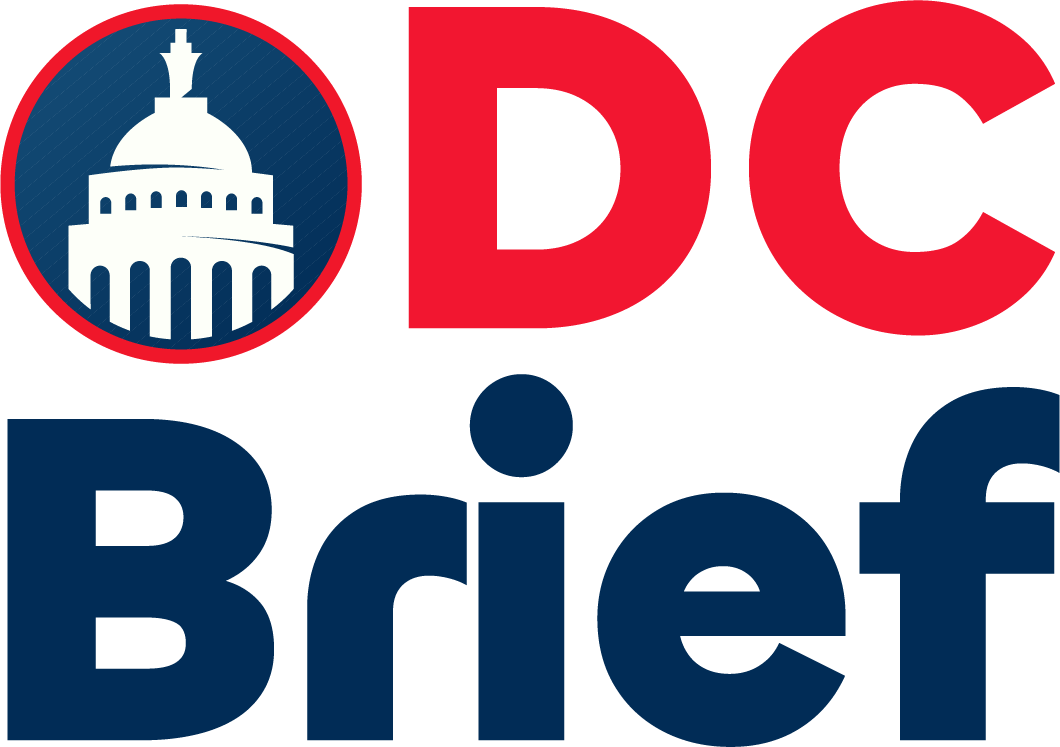US homebuilders are entering the second half of the year facing multiple challenges that threaten their financial performance. Rising construction material costs, elevated interest rates, and growing labor concerns weigh heavily on the sector’s outlook.
The proposed tariff policies and potential immigration actions add further uncertainty for the construction industry. Builders fear that mass deportation efforts could reduce labor availability, increasing project delays and operational costs. These developments have sparked concerns about the industry’s ability to maintain momentum.
At the same time, weakening consumer confidence has forced builders to explore new strategies to attract buyers. Many companies are offering mortgage rate buydowns and focusing on smaller, more affordable homes. However, these efforts have not produced the expected increase in spring sales, leaving inventories higher than anticipated.
Analysts warn that rising costs of key materials like lumber and steel could further squeeze margins. Supply chain disruptions and inflationary pressures continue to drive up prices, making it harder for builders to keep homes affordable. As a result, some firms have delayed projects or scaled back expansion plans.
The homebuilding sector also faces the challenge of persistently high interest rates. Mortgage rates remain elevated, discouraging many potential buyers from entering the market. This situation has caused a slowdown in new home purchases, affecting revenue forecasts across the industry.
Additionally, proposed trade policies have created uncertainty about future material costs. Homebuilders are closely monitoring tariff discussions that could impact the price of imported goods. Any increases in tariffs would likely amplify existing financial pressures and reduce profitability.
Despite these headwinds, some companies are adopting innovative approaches to maintain competitiveness. Builders are redesigning homes to prioritize efficiency and reduce construction time. Others are exploring partnerships with suppliers to secure stable material pricing and minimize risks.
The coming quarterly earnings reports will provide insight into how homebuilders are managing these challenges. Investors are eager to see whether cost-control measures and new marketing strategies have improved financial performance. Market watchers suggest that sustained demand in certain regions could help offset broader declines.
As US homebuilders navigate this complex environment, their ability to adapt will determine the industry’s resilience. Success will depend on how effectively companies manage rising costs, labor availability, and policy uncertainties.
For more business updates, visit DC Brief.


